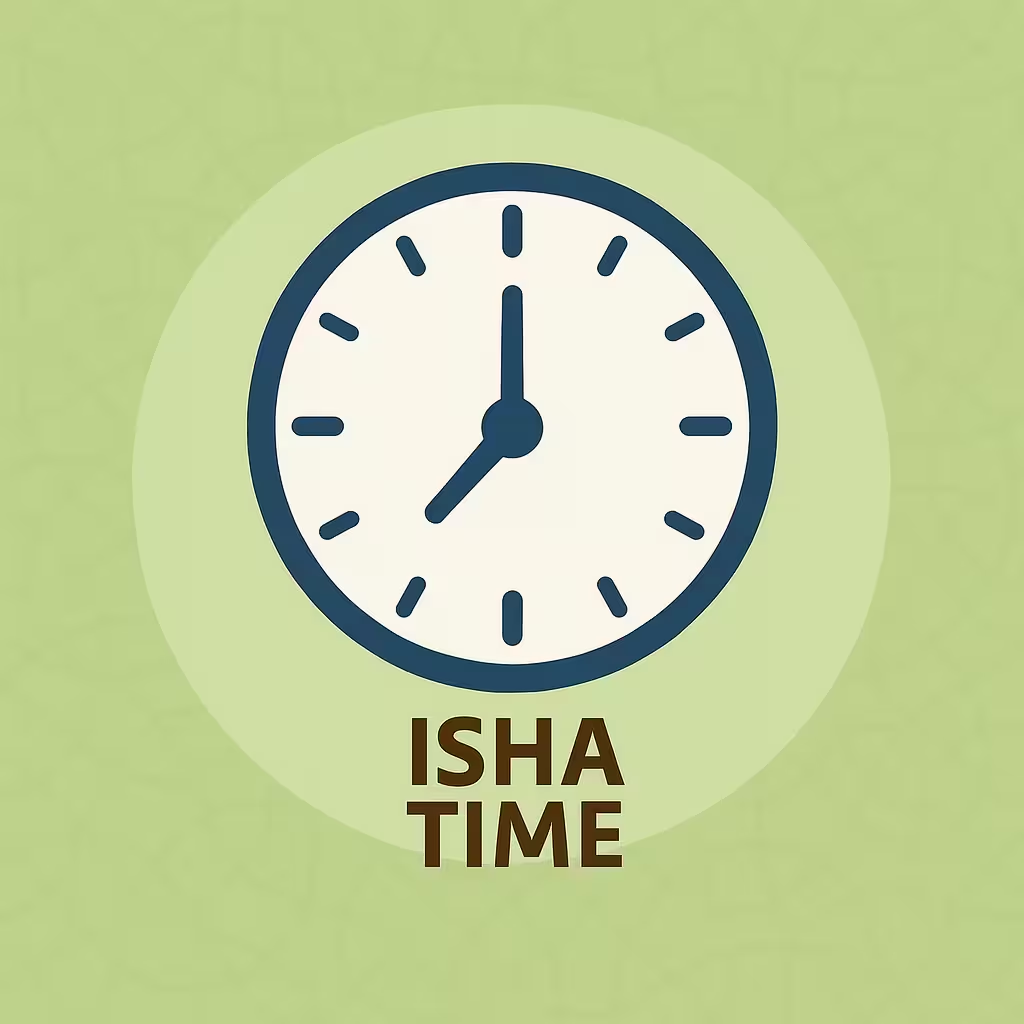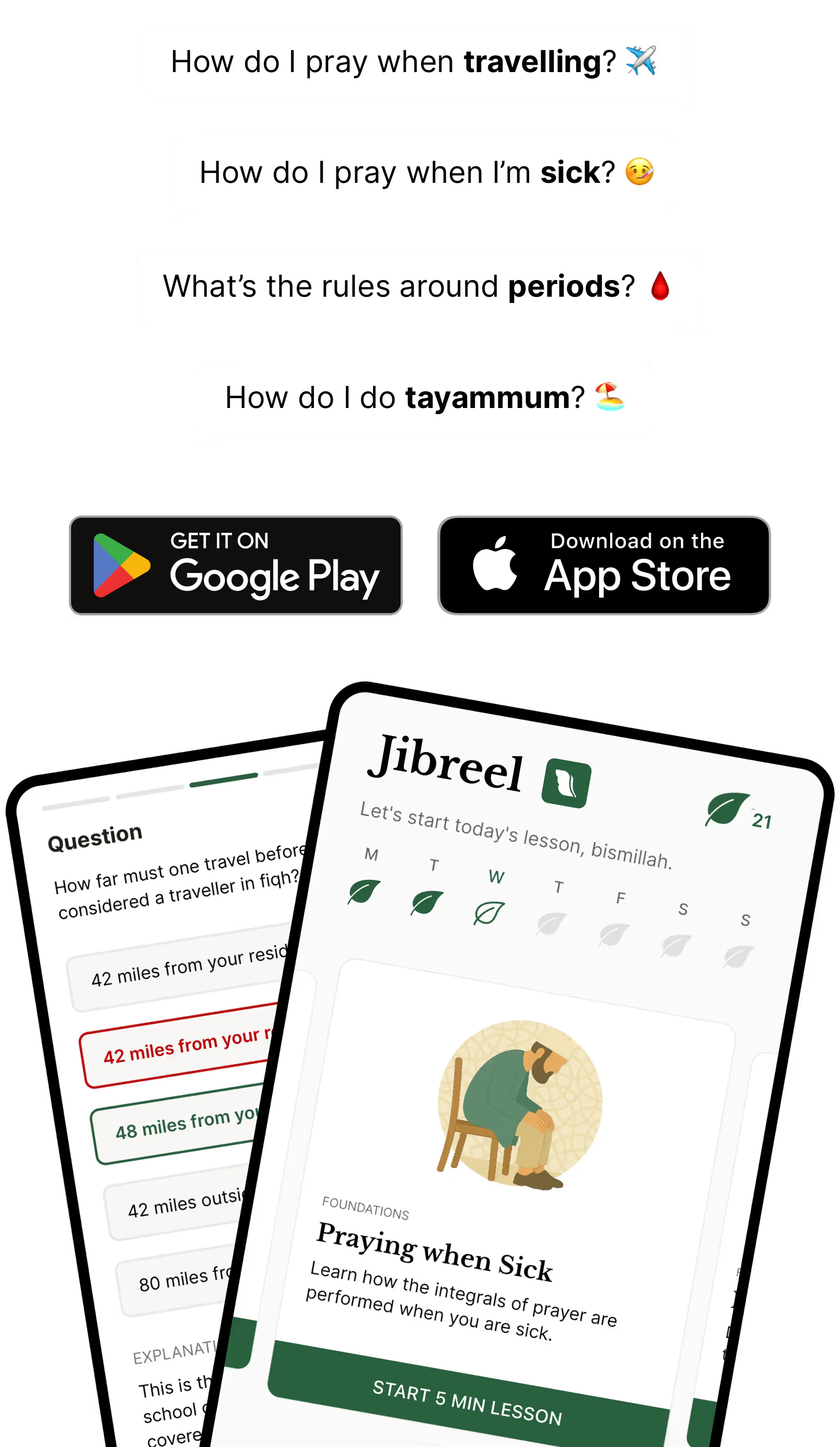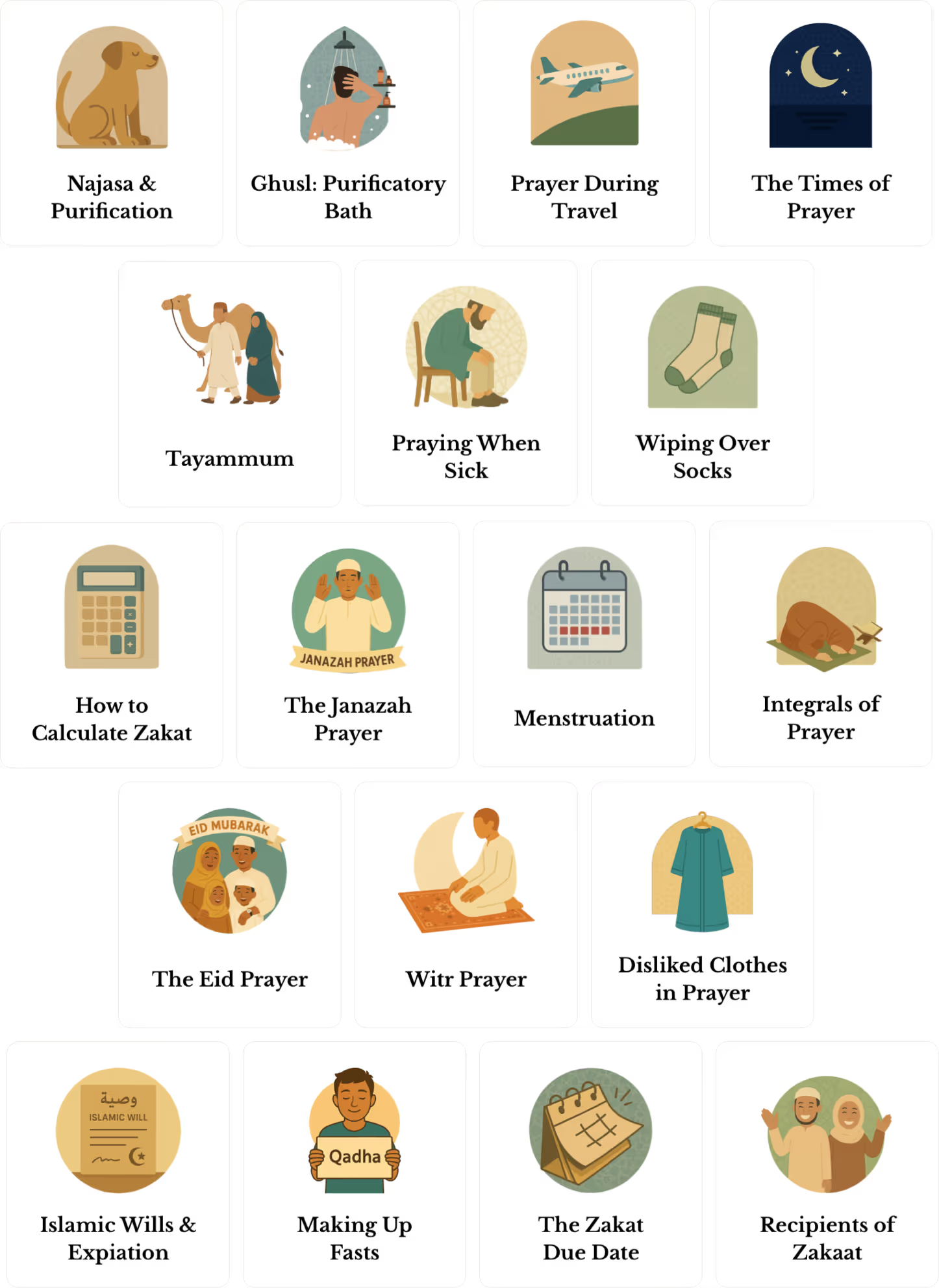In Hanafi jurisprudence, the start of Isha is tied to the disappearance of twilight after sunset.
However, there are two well-known scholarly opinions on what exactly constitutes “twilight.” We’ll explain these opinions (referencing the well-known Hanafi-text Ascent to Felicity by Imam Shurunbulali) and clarify how long after Maghrib one should wait to pray Isha.
We’ll also discuss the disliked times for Isha, including the rule about not delaying it past the middle of the night.
Two Opinions on When Isha Starts in Hanafi Fiqh (Red vs. White Twilight)
In the Hanafi school of thought, scholars differed on the definition of “twilight” (shafaq) that marks the end of Maghrib and the beginning of Isha. Ascent to Felicity – a renowned Hanafi manual by Imam Shurunbulali – outlines these two opinions clearly.
According to the majority Hanafi view (held by Imam Abu Yusuf and Imam Muhammad, the main students of Abu Hanifa), Isha prayer time begins as soon as the red twilight in the sky disappears. In other words, once the reddish glow on the horizon after sunset fades, the time for Isha has entered. This opinion is considered the official fatwa position in many Hanafi texts.
However, Imam Abu Hanifa himself had a different interpretation. He held that Isha time does not begin until the white twilight disappears – that last lingering whiteness or pale light on the horizon after the red glow is gone. Only when the sky becomes completely dark (with the white twilight fading into full darkness) did Imam Abu Hanifa consider Isha’s time to have started. This is a slightly later time compared to the first opinion.
It’s important to note that both opinions are valid within Hanafi fiqh, and neither is considered wrong. In fact, many Hanafi authorities affirm that both opinions are deemed valid in the Hanafi school and can be acted upon. The view of Imams Abu Yusuf and Muhammad results in an earlier Isha (which is more expansive and easier, since one can pray sooner), whereas Abu Hanifa’s view is more cautious, since it starts Isha later.
In practical terms, the difference between these two definitions of twilight is not very large – roughly 3 degrees of the sun’s position, which corresponds to about 12 minutes apart on average. This means if, for example, Isha enters 1 hour after Maghrib according to the red twilight opinion, it would enter around 1 hour 12 minutes after Maghrib according to the white twilight opinion (exact timing varies by location and season).
Ascent to Felicity confirms that the Hanafi legal verdict traditionally follows the earlier red twilight opinion, while still acknowledging the white twilight view of Imam Abu Hanifa as a reliable position in the school.
How Long After Maghrib Should You Wait to Pray Isha?
So, how long after Maghrib can you pray Isha in the Hanafi school? Based on the above, one should wait until twilight has disappeared.
If your community follows the widespread opinion of the Hanafi jurists (Imam Abu Yusuf and Imam Muhammad), Isha time begins as soon as the red glow is gone – this could be roughly an hour or so after sunset in many places (the exact interval depends on geographic location and time of year).
If the community follows Imam Abu Hanifa’s later opinion, Isha begins after the white light fades, which is only slightly later (perhaps an additional 10–15 minutes on average).
Most modern prayer timetables account for this by using specific solar depression angles: for instance, 15° for red twilight and 18° for white twilight. In practice, many “Hanafi” timetables worldwide use the more cautious 18° calculation (white twilight) for the start of Isha, while others use 15° (red twilight) – this is exactly the difference between the two opinions.
In summary, Isha prayer time begins about an hour (or slightly more) after Maghrib in Hanafi lands, with a variance of only several minutes depending on which opinion is followed.
Keep in mind that these timings can vary with latitude and season. In high latitude regions (far north or south), the twilight can persist much longer. But generally, once total darkness sets in after sunset, you can be confident Isha time has arrived according to all Hanafi opinions.
It’s also crucial to remember that the window of time to pray Isha extends until the break of dawn (Fajr). So your Isha remains valid to pray up until Fajr time starts.
However, delaying it too late carries its own rulings, as explained in this article.
Conclusion: Both Opinions Are Valid – Follow Your Local Masjid’s Timing
In conclusion, the Hanafi school offers two legitimate timings for when Isha begins after Maghrib – one based on red twilight and one on white twilight. Imam Shurunbulali’s Ascent to Felicity and other authoritative texts affirm that both views are sound and have been upheld by Hanafi scholars.
The difference between them is only on the order of minutes (approximately 10–15 minutes difference in Isha start time). Because of this, you may notice that some communities or prayer schedules have a slightly later Isha time than others – this is usually due to following Imam Abu Hanifa’s opinion, versus the earlier time which follows his students’ opinion.
Both opinions are acceptable, so you should follow your local masjid or Islamic center’s timetable for Isha prayer. Nearly all mosques set their Isha time according to one of these valid calculations. It is not advisable for an individual to keep switching back and forth; rather, stick to one method consistently, and in congregational settings go with the jama’ah (group) time. Remember that unity and consistency in the community are important – if you find yourself in a mosque that prays Isha at a time different from what you personally follow, you can still join them and your prayer will be valid.
What’s most important is to perform the Isha prayer within its proper window and not delay it so much that it becomes negligent. By adhering to your local prayer timetable and not praying Isha past the middle of the night without need, you will be acting in accordance with the Hanafi guidelines.
This balanced approach honors all valid opinions and ensures that your worship is timely, prudent, and in line with the practice of the Muslim community.
Allah knows best.


















.avif)

Lorem ipsum dolor sit amet, consectetur adipiscing elit. Suspendisse varius enim in eros elementum tristique. Duis cursus, mi quis viverra ornare, eros dolor interdum nulla, ut commodo diam libero vitae erat. Aenean faucibus nibh et justo cursus id rutrum lorem imperdiet. Nunc ut sem vitae risus tristique posuere.
Lorem ipsum dolor sit amet, consectetur adipiscing elit. Suspendisse varius enim in eros elementum tristique. Duis cursus, mi quis viverra ornare, eros dolor interdum nulla, ut commodo diam libero vitae erat. Aenean faucibus nibh et justo cursus id rutrum lorem imperdiet. Nunc ut sem vitae risus tristique posuere.